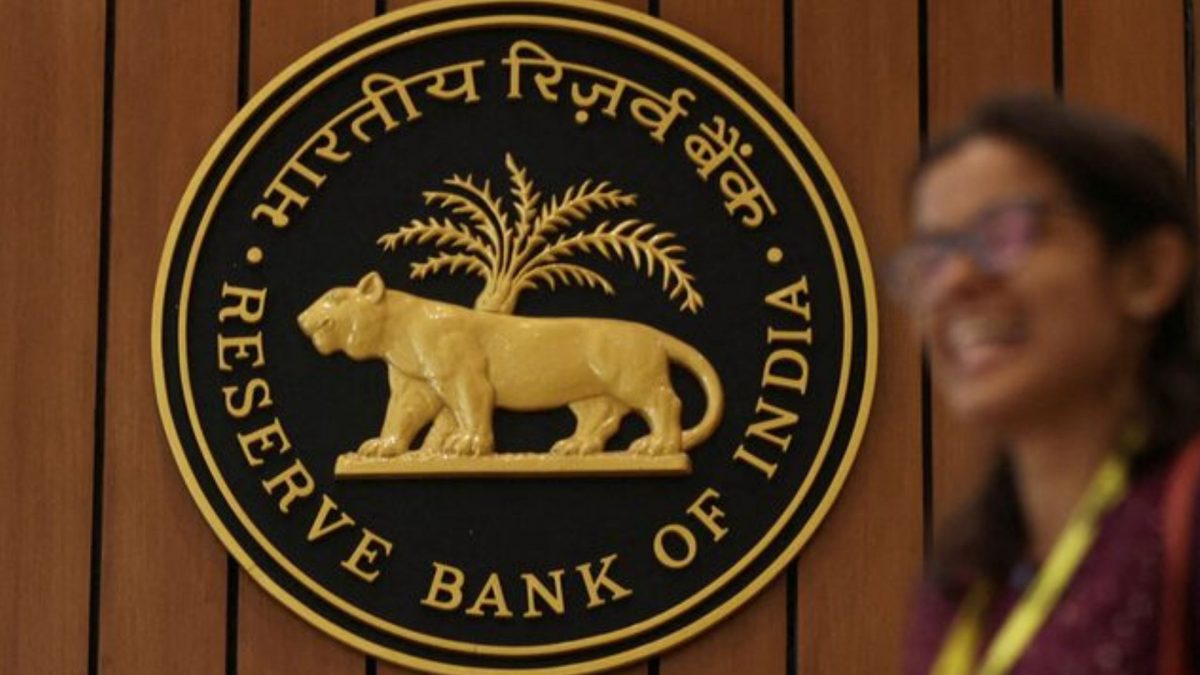India’s forex reserves have topped $700 billion for the first time in history.
This according to data from the Reserve Bank of India (RBI).
India’s forex reserves jumped by $12.588 billion to a new all-time high of $704.885 billion for the week ending September 27, the RBI has said.
India’s forex reserves had increased $2.838 billion to $692.296 billion in the previous reporting week.
India now has the fourth largest forex reserved in the world after China, Japan and Switzerland.
India has come a long way from being in the ‘Fragile Five.’
But what are forex reserves? And what is the ‘Fragile Five?’ How did India go from it to having the world’s fourth largest forex?
Let’s take a closer look:
What are forex reserves?
As per Investopedia, foreign reserves are another nation’s currency held by a central bank.
These can comprise anything from banknotes to treasury bills and government securities.
A nation has multiple reasons for building up its forex reserves.
These include meeting debts, paying for imports and influencing the value of their own currency.
However, their most important purpose is to serve as a backup in case the national currency crashes or fails.
Most foreign reserves are held in the dollar.
This is little surprise given the dollar’s place, since the end of World War II, as the world’s main reserve currency.
However, reserves can also be held in the other currencies – for example the British pound, the Euro, the Chinese yuan and the Japanese yen.
From Fragile Five to fourth largest
The term ‘Fragile Five’ was coined by Morgan Stanley analyst James Lord in 2013.
Lord is currently the chief of FX and Emerging Market strategy at the firm.
It described emerging market countries thought to be at risk due to their heavy reliance on foreign investment to fund their growth.
India, Indonesia, Brazil, Turkey and South Africa were thought to be part of the ‘Fragile Five.’
All of these countries faced an outflow of capital following the 2008 financial crisis due to poor macroeconomic fundamentals.
As per Hindustan Times, India’s foreign reserves have grown due to a variety of factors.
This includes around $30 billion in foreign inflows in local bonds after being included on an important JP Morgan index.
India’s reserves can cover around 12 months of imports, as per The Times of India.
That’s far higher than the current norm, which as per June end, is thought to be six months.
What do experts say?
Experts say India’s future looks bright.
Bank of America predicted that India’s foreign reserves would hit around $745 billion by 2026, as per Hindustan Times.
RBI Governor Shaktikanta Das in August said that overall, the country’s external sector “remains resilient,” as indicated by an improvement in key indicators.
“We remain confident of meeting our external financing requirements comfortably,” he said in his statement after the review of the monetary policy.
“The central bank appears comfortable holding larger reserves to build buffers against external risks,” analysts Rahul Bajoria and Abhay Gupta were quoted as saying by Bloomberg.
India has strong reserves compared to other emerging markets, they added.
“Despite higher volatility, the RBI can continue its goals of accumulating reserves and maintaining currency competitiveness,” they said.
“Both India and Indonesia have strong near- and long-term fundamentals,” Kitty Yang, tactical asset allocation analyst for multi asset at Fidelity International in London was quoted as saying by Bloomberg in February_._
“Growth is underpinned by positive (and continuing) reforms over the past 10 years under Prime Minister Modi and President Jokowi.”
‘Unprecendented changes’
Prime Minister Narendra Modi and Defence minister Rajnath Singh also made reference to India moving out of the ‘Fragile Five.’
Modi in a speech in Parliament in February noted that “the entire world used words like ‘Fragile Five’ and policy paralysis for India. And in our 10 years - among the Top 5 economies. That is how the world talks about us today.”
Singh, addressing the Manorama News Conclave 2024, said, “India’s economy has undergone unprecedented changes. Before 2014, India’s economy was among the ‘Fragile Five’ Today, it is recognized all over the world as one of the ‘Fabulous Five.’”
“To ensure ease of doing business, more than 40,000 compliances have either been scrapped or simplified. Whereas earlier it used to take 600 days to get environmental clearance, it now takes less than 75 days,” Singh added.
With inputs from agencies


)

)
)
)
)
)
)
)
)



